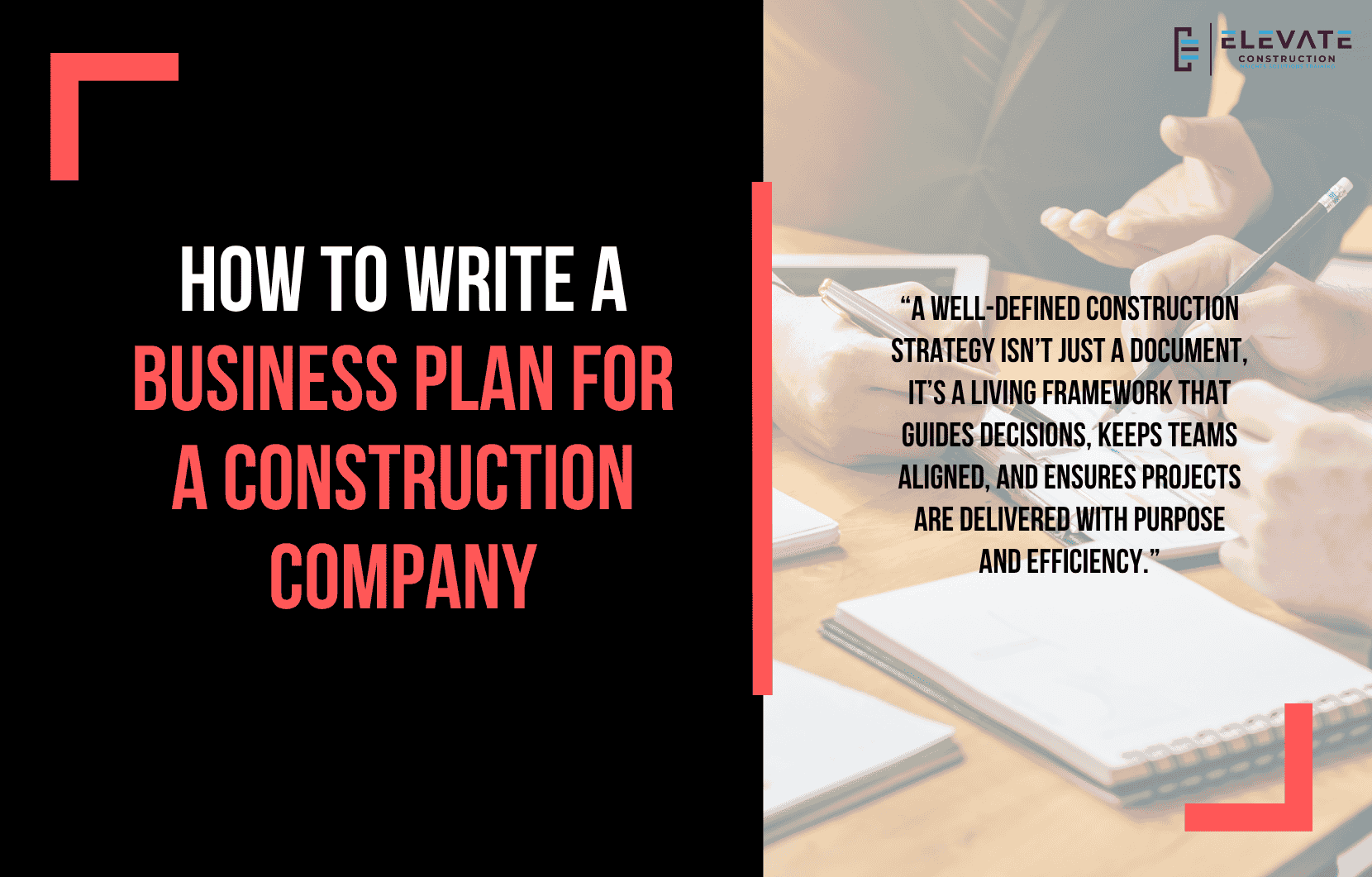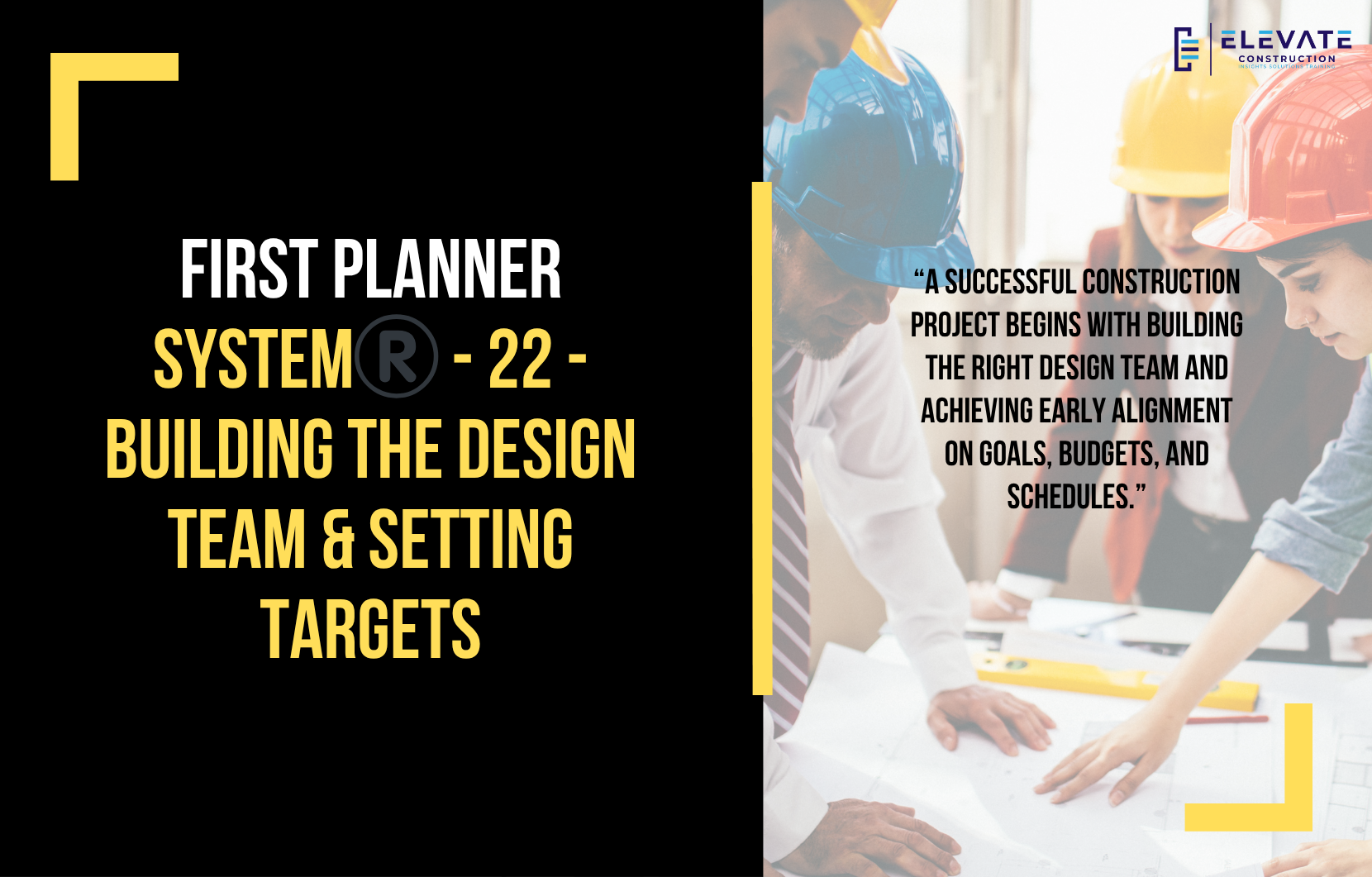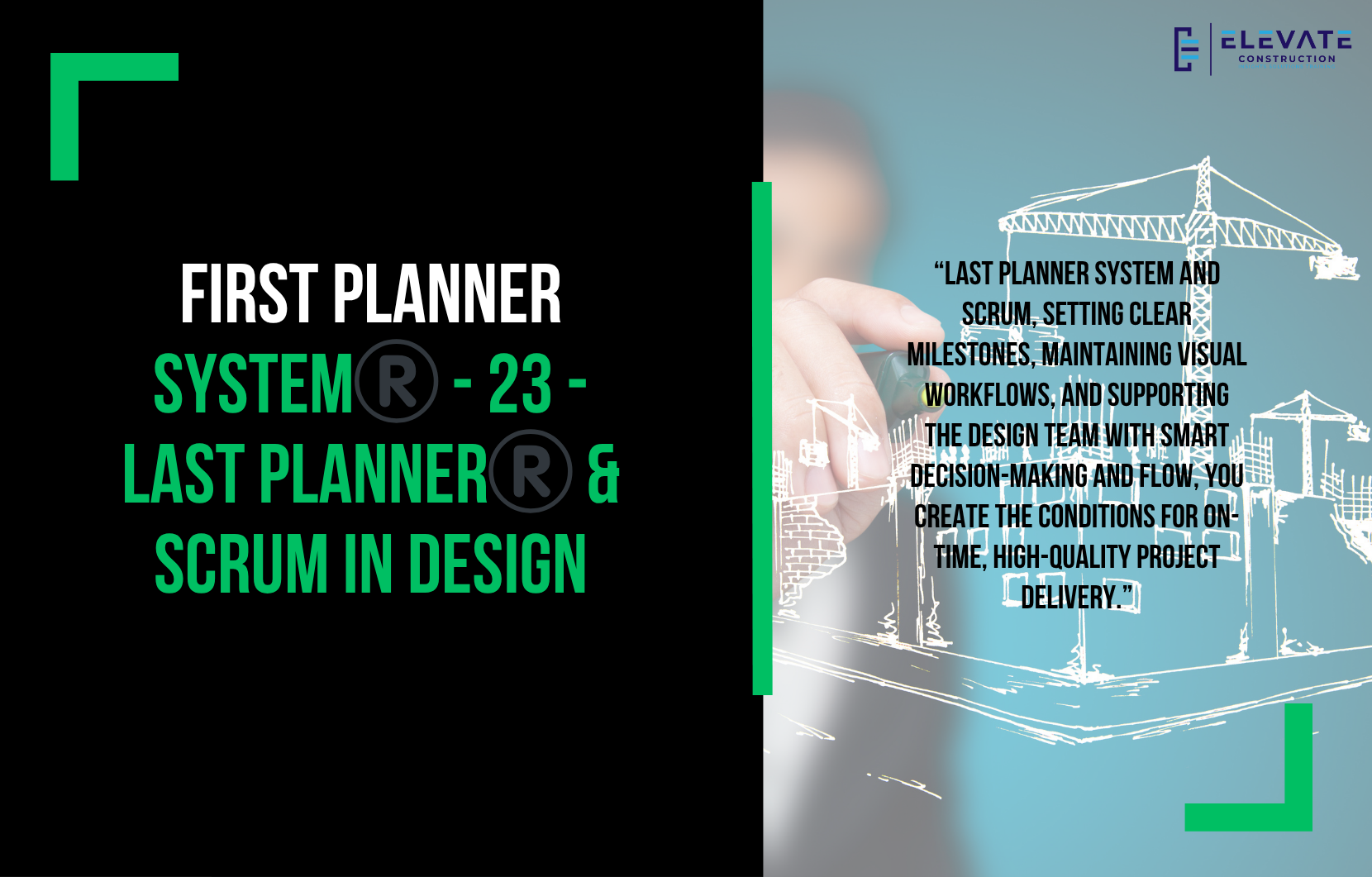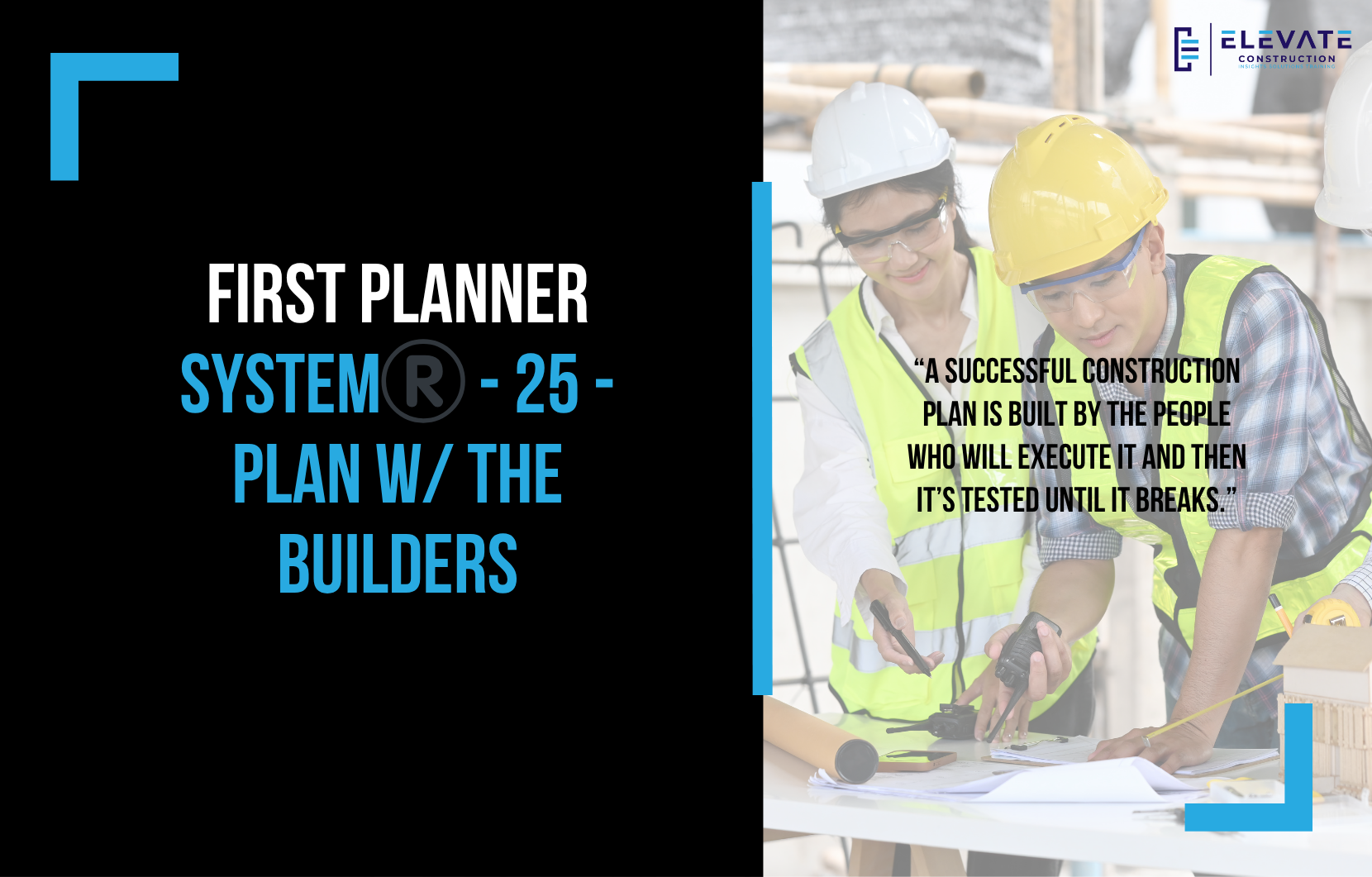Why Hustle Culture is Hurting Us (and What to Do Instead)
In this blog, I want to have an honest conversation about hustle culture, what it is, why it’s harmful, and how we can replace it with something healthier and smarter.
The inspiration came after I saw a post criticizing hustle culture, which made me reflect on my own career. Early on, I was the definition of “hustle” working 90+ hours a week, convinced that hard work was the only way to prove my worth and earn respect.
I also come from a background where order, discipline, and relentless work were valued. But I’ve also learned the importance of protecting people, our workers, foremen, job site teams, and ourselves. And that’s where hustle culture falls apart.
What Hustle Culture Really Is
Hustle culture glorifies constant work, long hours, and relentless ambition, often at the expense of rest, health, relationships, and personal well-being.
It’s the belief that your value is tied to your productivity, and success only comes from outworking everyone else.
The symptoms are easy to spot:
- Long work hours worn as a badge of honor (“sleep when you’re dead”)
- Being overbooked equals being important
- Work becomes your identity
- Health and relationships take a back seat
- Strategy, rest, and collaboration are replaced by endless “grinding”
Why It’s a Problem
- Burnout, anxiety, and depression become inevitable.
- It devalues creativity, rest, and balance.
- It creates toxic work environments and unrealistic expectations.
- It equates value with output rather than who you are.
This mentality shows up in tech startups, influencer culture, and certain entrepreneur communities. But it’s also alive and well in construction, and it’s hurting our people.
The Alternative: Flow Productivity
Instead of hustle culture, we should focus on:
- Sustainable work rhythms
- Quality over quantity
- Healthy boundaries
- Purpose-driven work
- Collaboration over competition
As Helen Lewis writes in The Genius Myth, genius is rarely a solo act, real success comes from teams. That aligns perfectly with Lean and Toyota’s approach: respect for people, continuous improvement, and win-win solutions.
The Song That Made It Click
At a boot camp, someone suggested a song called Working. While catchy, its lyrics celebrated many harmful hustle culture ideals: hurting yourself physically, neglecting family, and defining worth solely by grinding harder than anyone else.
That’s not toughness, it’s self-destruction. I deleted the song, and I don’t miss it.
The Lean Way Forward
Yes, we should work hard at work, but also play hard at home, rest fully on vacation, and be present in each part of our lives. As Derek Kirkland said, life is like a multi-layered chessboard: wherever you are, play that board.
Lean thinking helps us win at work, win for our families, win for our health, and win for the example we set. Hustle culture doesn’t do that, it’s a tool used by others to get more out of us at our own expense. Let’s choose something better.
Key Takeaway
Hustle culture is not a badge of honor, it’s a trap. True success comes from working smart, protecting your health and relationships, and building environments where people can thrive long-term.
If you want to learn more we have:
-Takt Virtual Training: (Click here)
-Check out our Youtube channel for more info: (Click here)
-Listen to the Elevate Construction podcast: (Click here)
-Check out our training programs and certifications: (Click here)
-The Takt Book: (Click here)
Discover Jason’s Expertise:
Meet Jason Schroeder, the driving force behind Elevate Construction IST. As the company’s owner and principal consultant, he’s dedicated to taking construction to new heights. With a wealth of industry experience, he’s crafted the Field Engineer Boot Camp and Superintendent Boot Camp – intensive training programs engineered to cultivate top-tier leaders capable of steering their teams towards success. Jason’s vision? To expand his training initiatives across the nation, empowering construction firms to soar to unprecedented levels of excellence.
On we go










